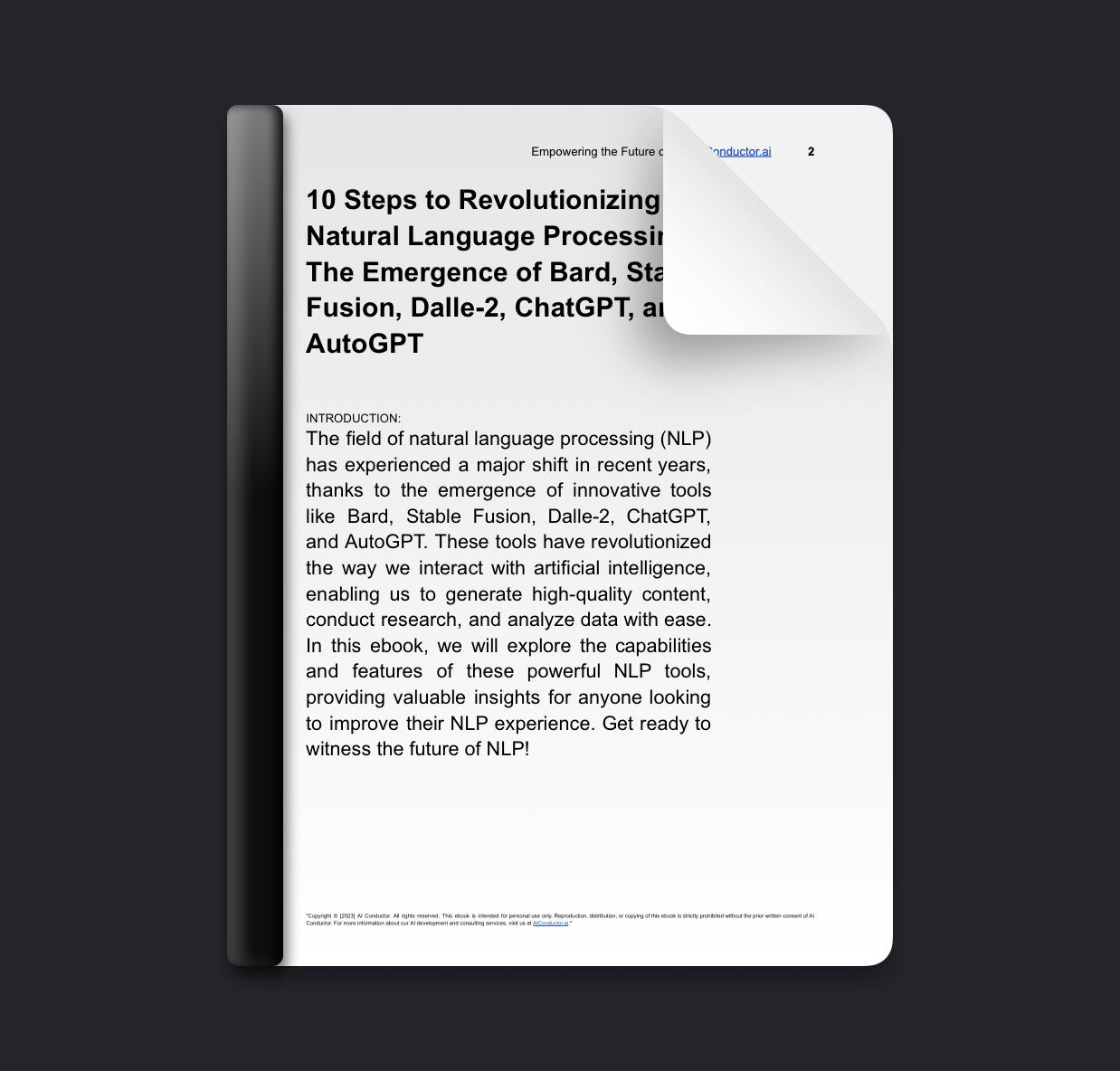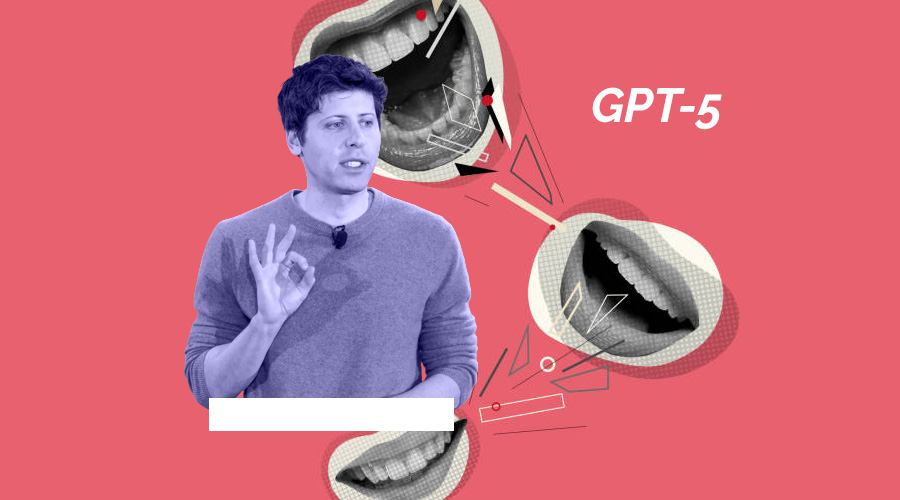We asked:
What would be the consequences if a giant AI model was used for malicious purposes and caused irreparable harm to society?
The Gist:
OpenAI CEO Sam Altman recently declared that the age of giant AI models is over. He believes that the future of AI lies in smaller, more specialized models that are easier to maintain and more capable of solving complex problems. Altman suggests that these smaller models will be more effective and efficient than the large models of the past.

Decoded:
As Artificial Intelligence (AI) technology continues to break barriers and revolutionize the way we approach the world, it's no surprise that newer, better models are popping up every day. However, Sam Altman, the CEO of OpenAI, has predicted that the time of these giant AI models is coming to an end.
In a recent interview with WIRED, Altman compared OpenAI's management model to that of a holding company, noting that AI technology should "stop thinking about giant monolithic models for every AI problem, and instead break each problem down into a suite of different models." This could create the potential for radical improvements in speed and flexibility across the AI landscape.
To further explain the concept of a “suite of models,” Altman suggested that researchers find multiple models that can solve a specific problem independently, rather than relying on a single complicated model. This makes the job of updating and adapting them much easier, as each part has its own less complicated algorithm that can be reconfigured depending on what’s needed.
Altman also argues that these models give AI researchers the functionality to continually update their models without having to resort to complex re-engineering of the entire codebase. This means that improvements in AI technology can happen much more quickly, since the changes don’t have to be made from the ground up.
In addition, Altman suggests that when it comes to deep learning, it may be more advantageous to look towards federated learning models. These models rely on partitioning data across multiple participants in order to gain more insights into the data since they are best suited for distributed environments. This helps to reduce training time and ensures that data privacy is maintained.
Overall, there is no doubt that Sam Altman's predictions regarding the evolution of AI technology are groundbreaking. The future provides us with a wide array of possibilities, especially if this new model of breaking down and reconfiguring code can provide greater speed and flexibility to help make AI more useful. It is interesting to think about how this new era of AI technology will shape and allow for a whole new level of technological advancement in the months and years to come.
In a recent interview with WIRED, Altman compared OpenAI's management model to that of a holding company, noting that AI technology should "stop thinking about giant monolithic models for every AI problem, and instead break each problem down into a suite of different models." This could create the potential for radical improvements in speed and flexibility across the AI landscape.
To further explain the concept of a “suite of models,” Altman suggested that researchers find multiple models that can solve a specific problem independently, rather than relying on a single complicated model. This makes the job of updating and adapting them much easier, as each part has its own less complicated algorithm that can be reconfigured depending on what’s needed.
Altman also argues that these models give AI researchers the functionality to continually update their models without having to resort to complex re-engineering of the entire codebase. This means that improvements in AI technology can happen much more quickly, since the changes don’t have to be made from the ground up.
In addition, Altman suggests that when it comes to deep learning, it may be more advantageous to look towards federated learning models. These models rely on partitioning data across multiple participants in order to gain more insights into the data since they are best suited for distributed environments. This helps to reduce training time and ensures that data privacy is maintained.
Overall, there is no doubt that Sam Altman's predictions regarding the evolution of AI technology are groundbreaking. The future provides us with a wide array of possibilities, especially if this new model of breaking down and reconfiguring code can provide greater speed and flexibility to help make AI more useful. It is interesting to think about how this new era of AI technology will shape and allow for a whole new level of technological advancement in the months and years to come.

Essential Insights:
Three-Word Highlights
AI, Machine Learning, Sam Altman
Winners & Losers:
Pros
1. OpenAI CEO Sam Altman's approach to AI models will help to ensure that AI technology is used responsibly.
2. His approach to AI models will help to reduce costs and speed up the development of AI applications.
3. His approach will help to ensure that AI models are more secure and reliable.
Cons
1. His approach may limit the potential of AI models to solve complex problems.
2. His approach may require more time and resources to develop AI models.
3. It may be difficult to implement his approach in existing AI models.
Bottom Line:
The bottom line is that the age of giant AI models is already over, and the future of AI lies in smaller, more specialized models that can be used to solve specific problems.
Ref.
Join The Conversation!





